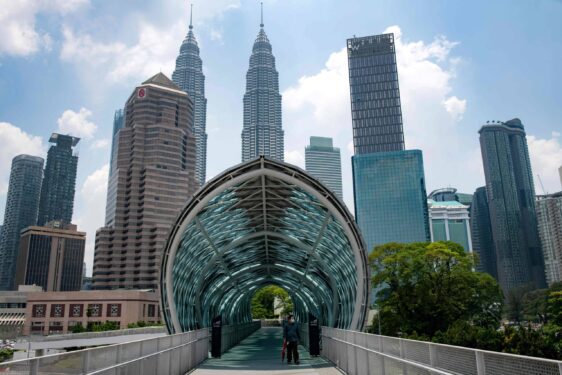FOR many enterprises today, data is more a cost centre than a revenue generator as information technology (IT) is expected to be able to hoard vast quantities of information. Due to this, maintaining data centres is crucial in an ever-more complex hybrid infrastructure which requires an expensive undertaking.
As a result, enterprises are responding with more backups in more places, equipped with more encryption to protect the data from cyberattacks, causing the budget to keep on bloating up.
Soon, enterprises would have to reconsider what kind of data they store and why. While most organisations turn to cloud solutions, the problem with that is the costs of keeping long-term storage of data gets expensive and total cost of ownership (TCO) tends to get out of hand.

For this reason, the most cost-effective method to store data has always been in on-premise and collocated hardware.
In the case of Park Place Technologies, its ‘discover, monitor, support and optimise’ (DMSO) approach allow customers to maximise uptime, improve operational speed, eliminate IT chaos and boost return on investment – ultimately accelerating digital transformations.
“Through a single pane of glass, DMSO will offer a view up and down the technology stack, including hardware, operating systems, networks, databases, applications and the cloud,” Park Place Technologies regional sales director Xavier Surentherathas told FocusM in an exclusive email interview.
According to Xavier, digital transformation is an essential shift towards customer-centric operations imbued with technology. Therefore, the integration of technical solutions will bring data centres into play.
“When we talk about analytics, machine learning, Internet of Technology (IoT), edge computing and other emerging technologies, we need to keep in mind that all these advancements ultimately rely on the underlying IT infrastructure,” he said.
“These resources may be in a public cloud or a hosted private cloud. Most enterprises have investments in most of these places. But they all fall under the IT organisation and must be managed and maintained. Unfortunately, that job is getting tougher, not easier,” Xavier explained.
Fortunately, Xavier pointed out that today’s network analytics solutions offer businesses the capability to create services that model their network resources on the business services.
Apart from that, more powerful remote monitoring and maintenance capabilities reduce the need for physical access for networking or even server and storage hardware, which is an important factor in times of public health crisis like the pandemic.
“Forward-thinking IT leaders are now investing in intelligent monitoring applications by integrating predictive analytics to alert the IT staff when changes indicate potential failure,” Xavier said.
“With such tools, possible outages can be more accurately assessed and proactively managed when data centre access issues arise,” he added.
When asked about future trends in the local business space post-pandemic, Xavier said: “We are seeing more pervasive use of digital solutions – from Zoom meetings and distance learning to online banking and video streaming.”
“In Malaysia, businesses are now charging their digital transformation journey with a sense of urgency. While it enables businesses in the new norm, digital transformations enabling such applications have also increased infrastructure complexity,” he opined.
On the other hand, Xavier cautioned that companies going through their cloud transitions have the tendency to exert new pressures on network operations and place platforms.
Because of this, he believes that the ‘next normal’ will see businesses wanting their physical infrastructure to be run by large dedicated providers who can run their data centres safely and at scale.
This also means that IT operations will move to a software-only world where everything is needed to configure, monitor and adapt to changing circumstances through software, without the need of any additional physical interaction. – Nov 14, 2020










